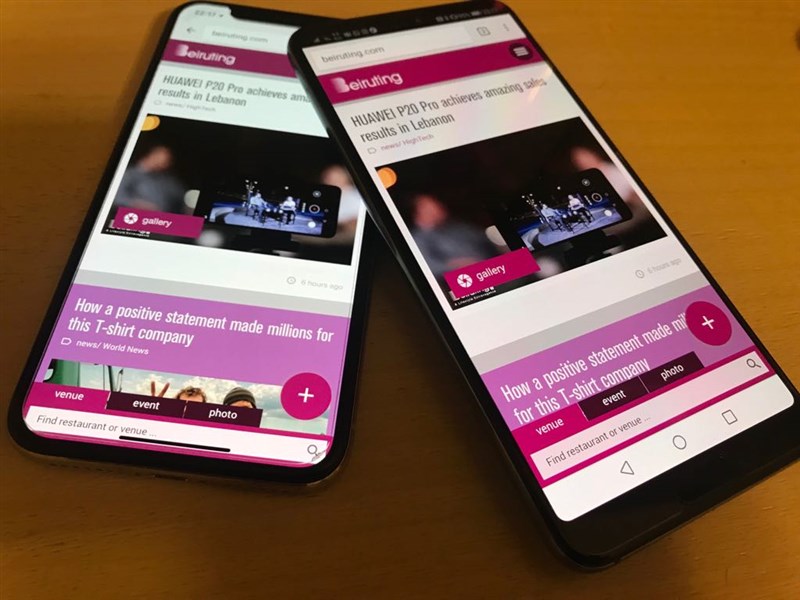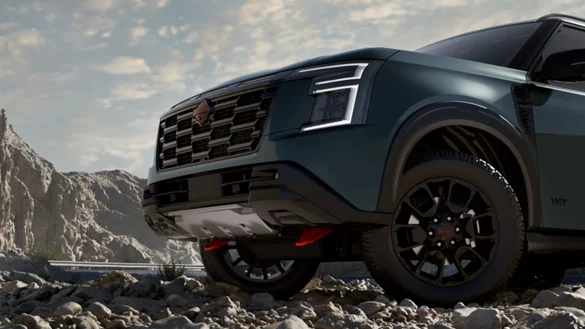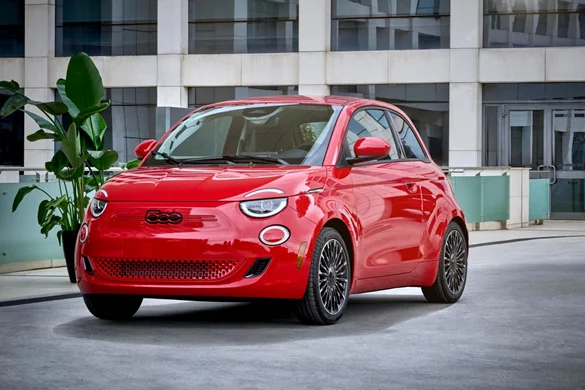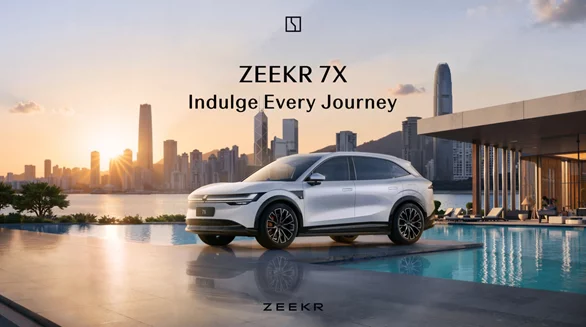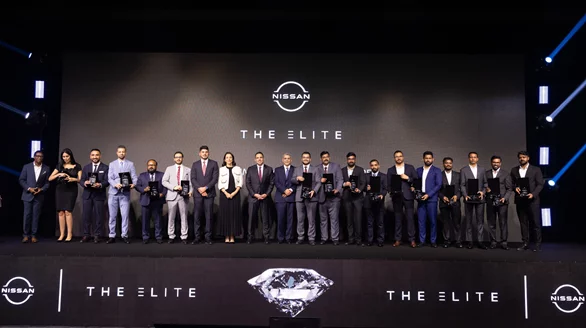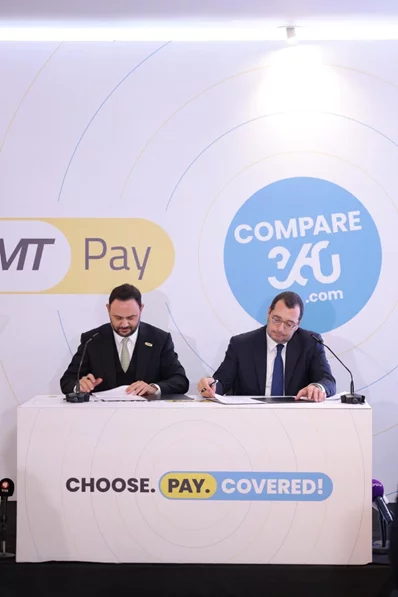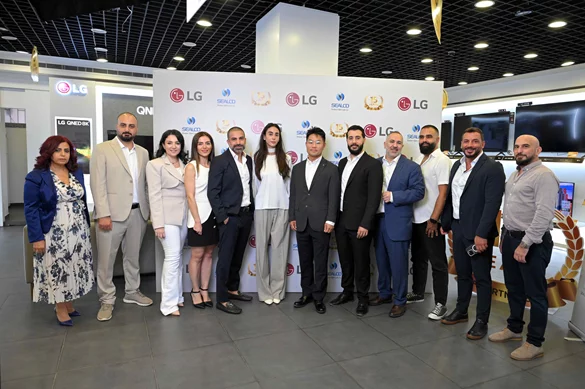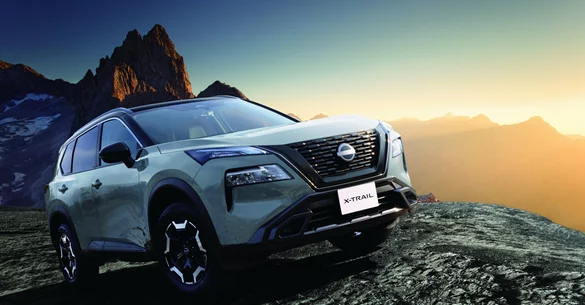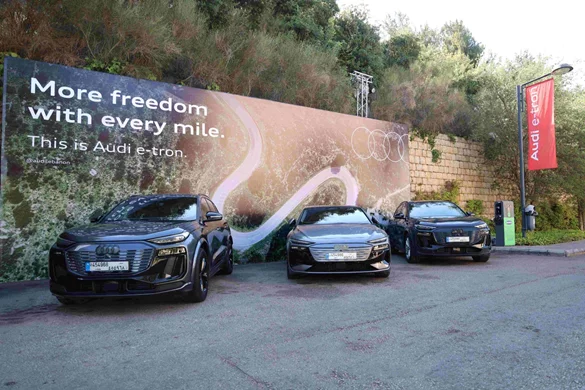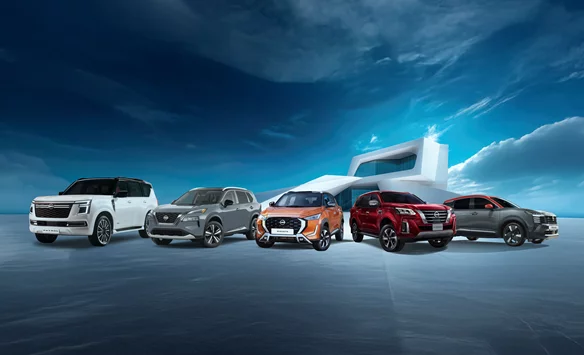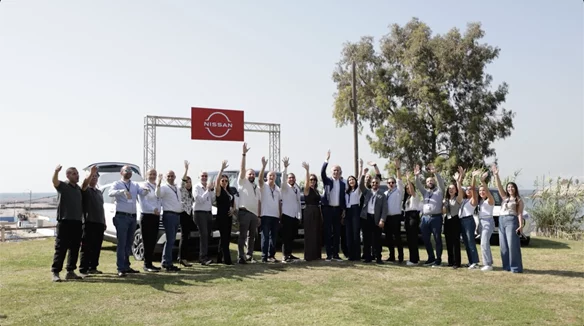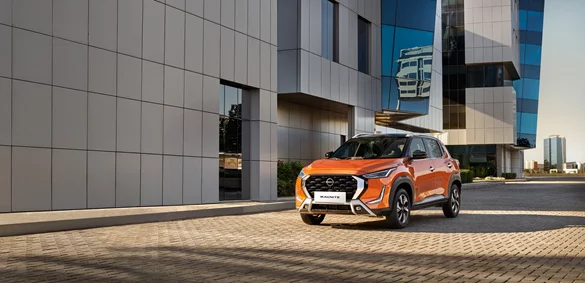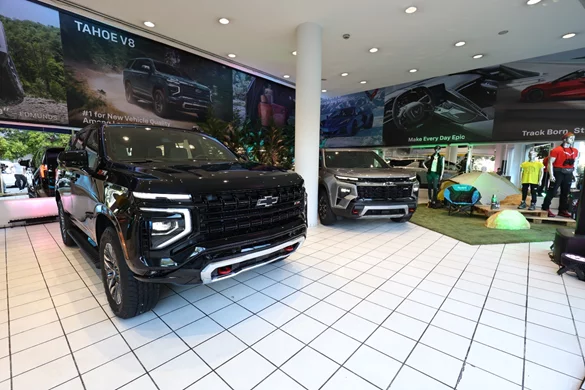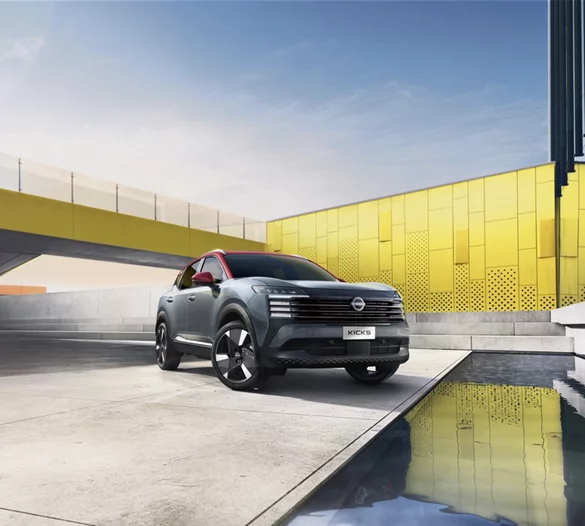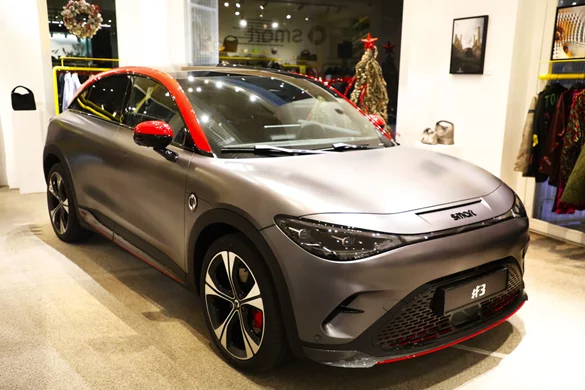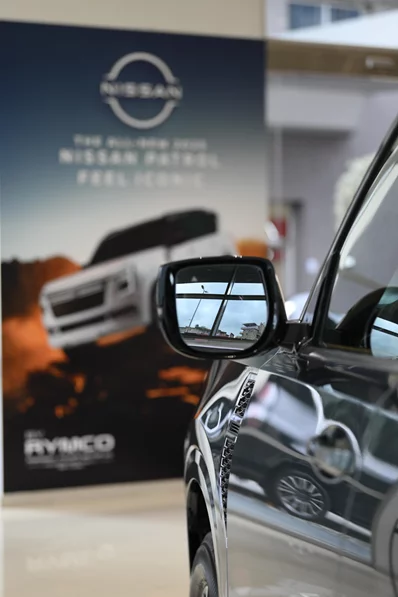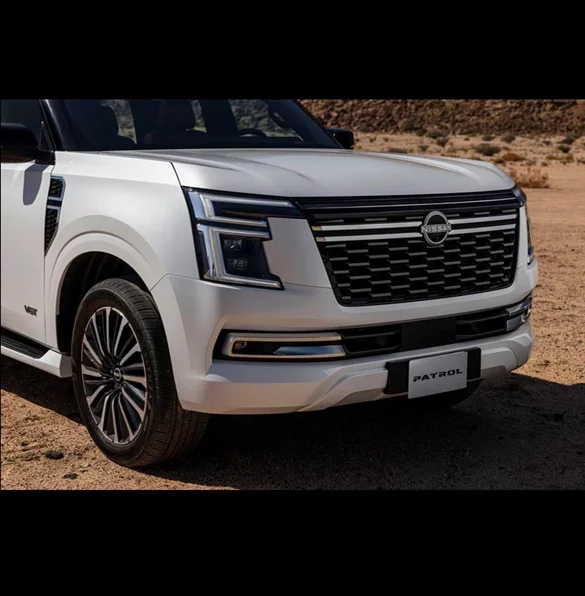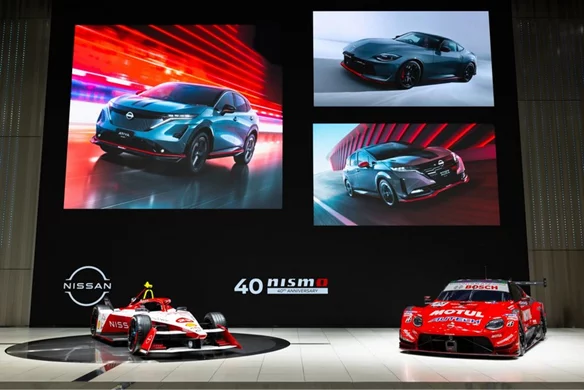The HUAWEI P20 Pro is definitely one of the best flagship smartphone we've seen lately, and in terms of camera tech, is arguably the most innovative device we've seen in quite some time. As you know, we, at Beiruting, are primarily interested in Photography, and particularly Low Light Photography, and we can safely say that this year, Huawei gave us an amazing Tool!
The P20 Pro is the first smartphone to feature a triple camera setup:The first-ever triple-lens camera 40 MP+20 MP+8 MP, an octa-core processor with 6GB RAM, and a beautiful 6.1" AMOLED Screen Bezel-Free!
Before the P20Pro, our Night-Mode Favorite Phone was the iPhone X.
Which did a really good job so far.
SPECS | APPLE IPHONE X | HUAWEI P20 PRO |
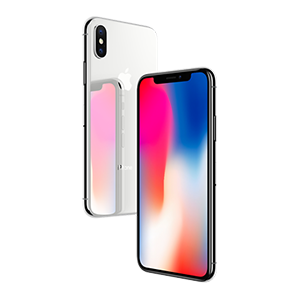 | 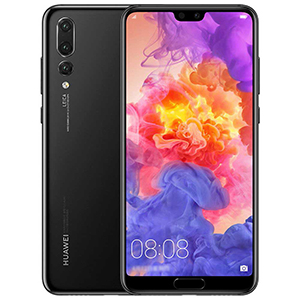 | |
Price | 1000$ | 829$ |
Release Date | September 2017 | March 2018 |
Dimensions | 143.6 x 70.9 x 7.7 mm (5.65 x 2.79 x 0.30 in) | 155 x 73.9 x 7.8 mm (6.10 x 2.91 x 0.31 in) |
Weight | 174 g (6.14 oz) | 180 g (6.35 oz) |
Sim | Nano-SIM | Single SIM (Nano-SIM) or Dual SIM (Nano-SIM, dual stand-by) |
Screen Type | Super AMOLED capacitive touchscreen, 16M colors | AMOLED capacitive touchscreen, 16M colors |
Screen Size | 5.8 inches, 84.4 cm2 | 6.1 inches, 93.9 cm2 |
Screen-to-body ratio | ~82.9% screen-to-body ratio | ~82.0% screen-to-body ratio |
Resolution | 1125 x 2436 pixels, 19.5:9 ratio | 1080 x 2240 pixels, 18.7:9 ratio |
Pixel Density | ~458 ppi density | ~408 ppi density |
Screen Protection | Scratch-resistant glass, oleophobic coating | Undisclosed |
OS | iOS 11.1.1, upgradable to iOS 11.3 | Android 8.1 (Oreo) |
CPU | Hexa-core 2.39 GHz (2x Monsoon + 4x Mistral) | Octa-core (4x2.4 GHz Cortex-A73 & 4x1.8 GHz Cortex-A53) |
GPU | Apple GPU (three-core graphics) | Mali-G72 MP12 |
Internal memory | 64/256 GB, 3 GB RAM | 128 GB, 6 GB RAM |
External memory | No | No |
Primary Camera | 12 MP (f/1.8, 28mm) + 12 MP (f/2.4, 52mm) | 40 MP (f/1.8, 27 mm, 1/1.7", OIS) + 20 MP (f/1.6, 27 mm) + 8 MP (f/2.4, 80 mm) |
Secondary Camera | 7 MP (f/2.2, 32mm) | 24 MP |
Camera Features | Geo-tagging, simultaneous 4K video and 8MP image recording, touch focus, face/smile detection, HDR (photo/panorama) | Geo-tagging, touch focus, face detection, HDR, panorama |
Battery | Non-removable Li-Ion 2716 mAh battery (10.35 Wh) | Non-removable Li-Po 4000 mAh battery |
Audio | - Active noise cancellation with dedicated mic - Lightning to 3.5 mm headphone jack adapter -no 3.5mm headphone jack | - 24-bit/192kHz audio - Active noise cancellation with dedicated mic - 3.5 mm to USB-C headphone adapter incl. |
Connectivity | WLAN, Bluetooth, GPS, NFC | WLAN, Bluetooth, GPS, NFC, Infrared |
USB | 2.0, proprietary reversible connector | 3.1, Type-C 1.0 reversible connector |
Sensors | Face ID, accelerometer, gyro, proximity, compass, barometer | Fingerprint (front-mounted), accelerometer, gyro, proximity, compass, color spectrum |
Colors Available | Space Gray, Silver | Twilight, Black, Midnight Blue, Pink Gold |
Other Features | - Fast battery charging: 50% in 30 min - Qi wireless charging - Siri natural language commands and dictation - iCloud cloud service - MP3/WAV/AAX+/AIFF/Apple Lossless player - MP4/H.265 player - Audio/video/photo editor - Document editor | - Fast battery charging 4.5V/5A (58% in 30 min) - XviD/MP4/H.264/WMV player - MP3/eAAC+/WMA/WAV/Flac player - Document viewer - Photo/video editor |
Credits: www.iprice.my
Camera
The Huawei P20 Pro might actually beat the iPhone X in terms of camera quality. For the longest time, iPhones have had the upper-hand when it comes to camera quality but that's about to change with the Huawei P20 Pro. Instead of having dual-cameras, it has 40MP+20MP+8MP - three lenses with more power than a DSLR. It's quite amazing and the quality is absolutely more than or equal to the power of an iPhone X.
Time to get a bit Geeky and talk about the Tech details of these cameras.
1- At 1/1.78″, the main camera's sensor is unusually large-approximately twice the size of the Samsung Galaxy S9's 1/2.55″ chip. Despite a slightly slower f/1.8-aperture lens (The smaller the aperture, the "faster" (brighter) the lens), the RGB main camera sensor of the P20 Pro captures approximately 20 percent more light than the smaller sensors used in most competing models. This sensor is also helped by the B&W sensor which also catches a lot of photons. What does it means for us? It means we can take beautiful pictures even with almost no light.
2- The main camera sensor uses a Quad Bayer structure with a total pixel count of 40Mp. It outputs data binned in 2 × 2 pixel units, resulting in 10Mp image output.
3- With an equivalent focal length of 80mm, the P20 Pro's optically-stabilized tele-camera offers a significantly longer reach than the 2x tele-modules in the latest iPhone or Samsung Galaxy devices. This is possible because the main camera in combination with the 20Mp monochrome secondary sensor is already capable of delivering decent zoom detail at a 2x zoom factor. As a consequence, the engineers have been able to focus on squeezing a longer reach out of the P20 Pro's tele-lens. The Tele also outputs 10Mp image.
As with previous high-end Huawei smartphones, the monochrome camera serves several purposes: it helps with depth estimation for the simulated bokeh effect (Bokeh is the visual quality of the out-of-focus areas of a photographic image), and the fine detail and low noise levels of the monochrome sensor improve image quality when zooming and in low light.
 .
.
Having said that, what for us, Beiruting Image chasers?
We took a few events in Beirut and decided to test both iPhone X and Huawei P20Pro on almost the same shots.
BrightLight Photos:
We've been on a Nomad Exploration Trip to Akoura. We've took plenty of Pictures with the P20Pro, the photos were just amazing... The Huawei P20 Pro delivers excellent image in all bright-light conditions. Images are sharp across the frame, with pleasant textures and a lot of detail. Noise is very well under control, too, with virtually no grain visible in areas of plain color, such as blue skies.
These are two similar pictures taken with Huawei P20Pro and iPhone X:
 .
.
While the image in Brightlightare quite similar, the Zoom of the P20Pro made a huge difference…
 .
.
We were able to shoot the three lakes, as if we were there!
Low light and Flash
Thanks to an unusually large (by smartphone standards) 1/1.73″ sensor in its main camera, the Huawei P20 Pro delivers class-leading low levels of noise, making it the smartphone of choice for any kind of photo and video shooting in low light and indoor conditions. In the night shot comparison below, you can see that the Huawei sample shows better detail and significantly lower noise levels than the competition from Apple and Google.
In addition, autofocus, "auto white balance", and exposure all operate reliably down to very low light levels.
 .
.
It also maintains pleasant “color rendering” when the light gets dimmer, making the P20 Pro a very easy pick for any low-light smartphone photographer.
 .
.
Needless to say that these two pictures were not taken in HDR Mode! Yet the P20Pro was able to give quite an amazing Shot at sunset.



